Reference
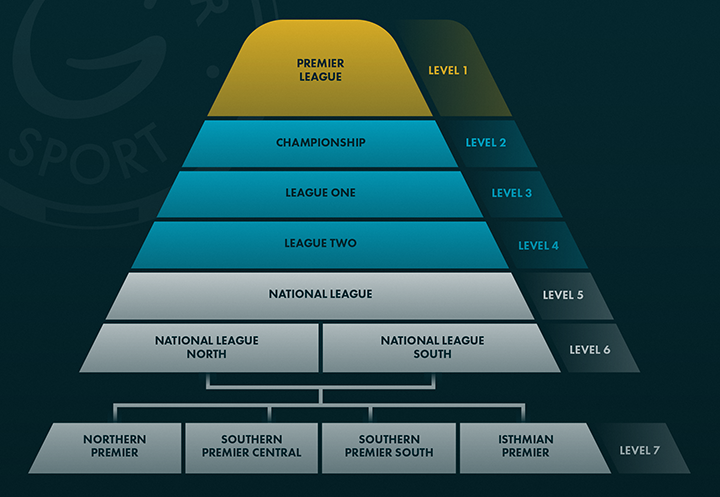
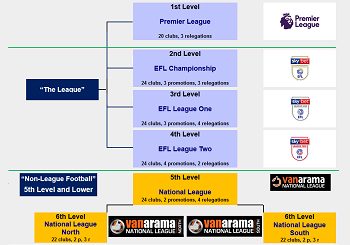
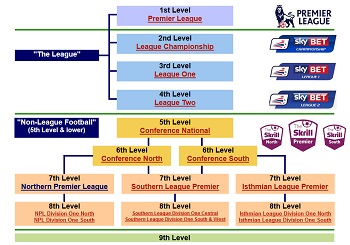
OpenAI's Answer
The English football league system, often referred to as the "football pyramid", consists of a series of interconnected leagues that provide the structure for domestic football competitions in England. Here's an overview of the league levels:
-
Level 1: Premier League - The top tier of English football, featuring some of the best clubs in the world, like Manchester United and Liverpool.
-
Level 2: EFL Championship - The second tier, known for its competitive nature and providing promotion opportunities to the Premier League.
-
Level 3: EFL League One - The third tier, which features a mix of former Premier League teams and smaller clubs.
-
Level 4: EFL League Two - The fourth tier, where clubs can still aim for promotion to the Championship.
-
Level 5: National League (Step 1) - This is the top level of non-league football, immediately below the Football League, and allows promotion to League Two.
-
Levels 6 to 10: These levels form part of the National League System and encompass several regional and local leagues, providing a pathway for clubs to rise through the ranks via promotion and relegation.
The levels below Level 4 are collectively known as non-league football, comprising semi-professional and amateur clubs across various regional divisions.
Here are some images that visualize the structure of the English football league system:
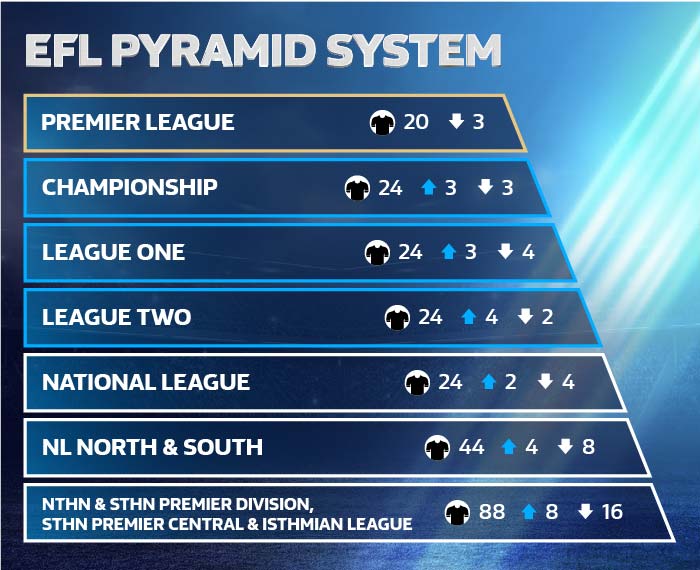

Follow Up
Related
pte
How did the term 'goliard' evolve over time in French and English literature?
How do errors in language interpretation affect clinical encounters with limited English-proficient
Which county won the most championships in the English rugby union county championship?
Which author won the Governor General's Award for English-language fiction multiple times?